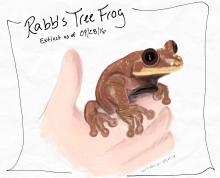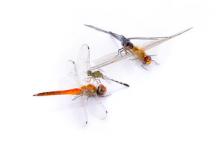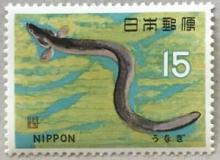Less than a million wild hedgehogs left in the UK
Britain's native hedgehog population has declined by half in the last two decades, with less than a million now remaining in the UK. The reclusive creatures are vanishing from rural areas at record rates, according to a new study by the British Hedgehog Preservation Society (BHPS) and People’s Trust for Endangered Species. The State of Britain’s Hedgehogs report warns there are fewer than one million of hedgehogs left living in our gardens, hedgerows and fields. This is down half a million on 1995's estimations.










